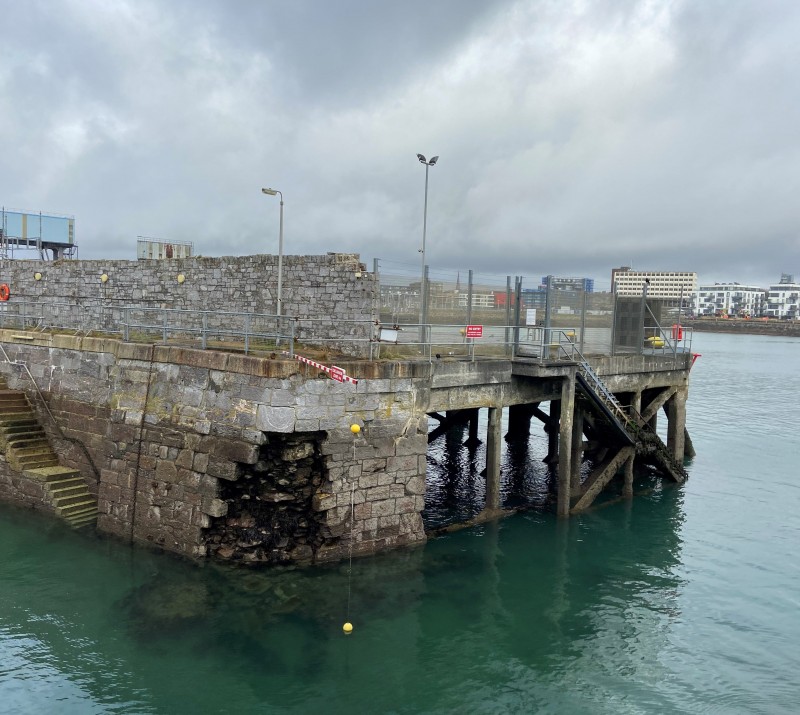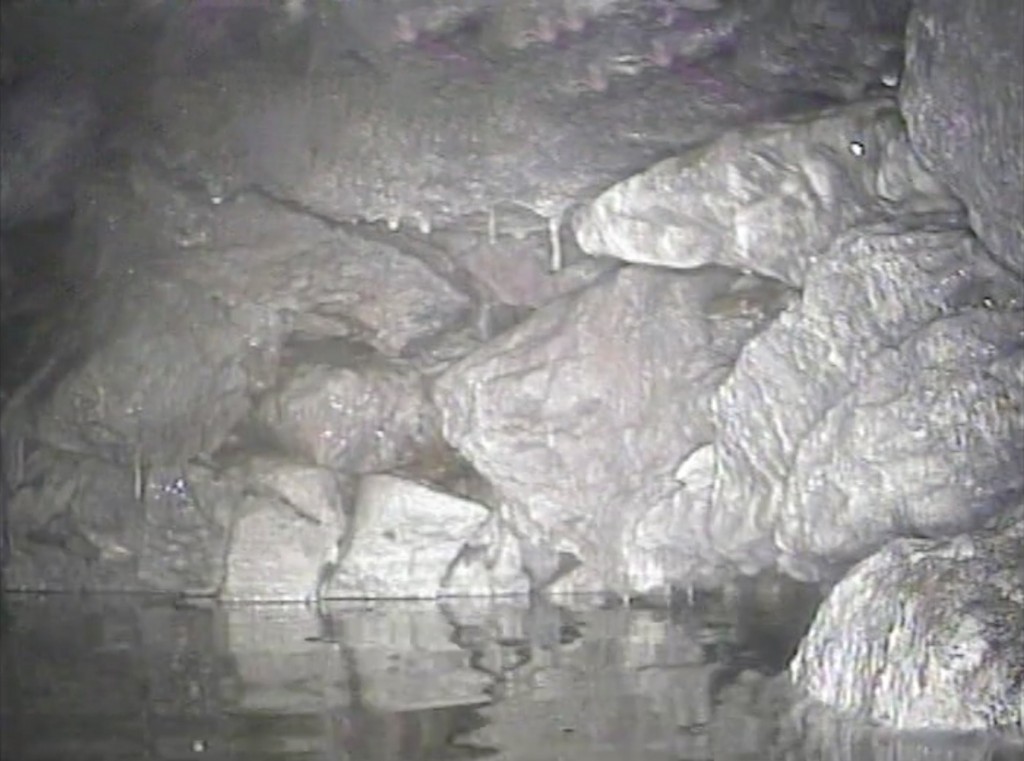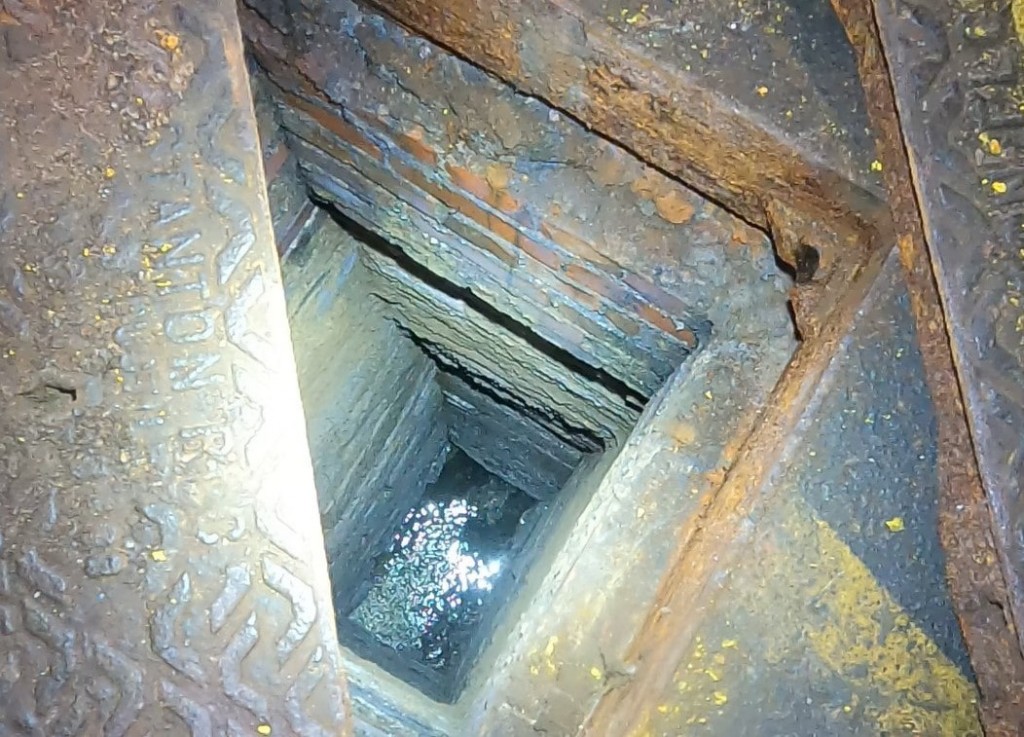Dockland drainage survey reveals centuries-old secrets

Lanes Group drainage engineers have travelled back through centuries of British maritime history by looking into a sewer for a major dock development scheme.
The team from Lanes Plymouth depot could plot layers of historical activity in the area by looking down a manhole into the remains of a hand-cut limestone culvert at the city’s Millbay Docks on ABP’s Port of Plymouth.
While drainage survey was needed as part of exciting plans to redevelop the docks, and create new port facilities for ferries, cruise liners and freight ships, it has also uncovered stories from the past.
Layers of history
Lanes Plymouth Area Development Manager Mark Rothwell said: “The survey has revealed layers of development in the city that must stretch back to the 17th Century.
“It has also picked up development that took place in the Victorian era and concrete structures built from around the 1930s and 40s, before and during World War Two.
“The layer is mainly asphalt, from the post-war years when Millbay Docks was first developed as a ferry terminal. It was fascinating to see.”
Lanes was commissioned to carry out the drainage survey, recording HD-quality video with remotely controlled crawler cameras, as part of site investigations needed to design the development plan for the docks.

Planning future services
Mark Rothwell added: “The limestone culvert was about one metre tall and a metre and a half wide. It had to be substantial because hundreds of years ago it was likely to have been the main sewer outfalls for the whole city.
“Our CCTV video footage showed how part of it has collapsed. Knowing the precise nature of the drains and their locations will allow civil engineers to plan new underground services and the location of above ground structures for the Millbay Docks development.
“This whole area is steeped in history. For example, in the 1500s, the explorer and privateer, Sir Francis Drake, owned landed around what is now the Millbay Docks and built six mills here.
“We’ve also investigated drains further up the system towards the current naval docks which, during World War Two, were used for storing torpedoes. Thankfully, none had been left behind!”
Historical docks
Millbay Docks was also used to resupply Parliamentary forces in Plymouth during the English Civil War in the 1600s, because it was the only landing point out of reach of Royalist guns laying siege to the city.
From the late 1800s until World War Two, Millbay Docks was a stopping-off point for ocean-going liners heading to and from America, and welcomed many rich and famous people, including Hollywood stars.
In April 1912, most of the surviving crew from RMS Titanic disembarked at the dock, and were taken by train to Southampton and held in detention before giving evidence to the inquiry into the disaster.
The plan to regenerate Millbay Docks was announced in May 2022, as a partnership between Plymouth City Council, Associated British Ports (ABP), and Brittany Ferries, which operates from the facility.
The project, which hopes to attract government funding, includes carbon net zero support. It is described as a ‘golden opportunity’ to create a new green ferry and freight shipping port and generate high-value jobs, as well as enhance amenities and access for local people and tourists.








